10. June, 2025delish0
In a high-intensity production environment, the design of the industrial-grade hot stamping foil slitting machine needs to take into account efficiency, precision and durability, and its design needs to be comprehensively considered from many aspects such as material selection, structural optimization, intelligent control and maintenance convenience. The following are the key technical solutions to meet the high-intensity demand:
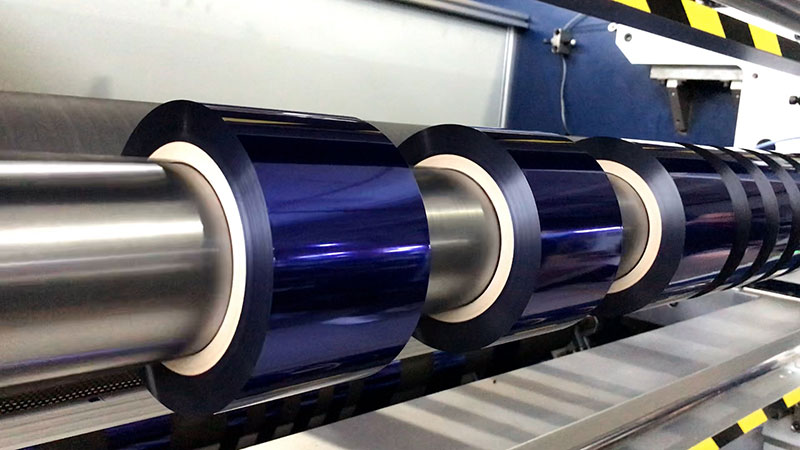
1. Strengthened design of core components
• High rigidity frame: Cast iron or welded steel structure, with finite element analysis (FEA) to optimize the force distribution, reduce vibration and deformation, and ensure the stability of long-term operation.
• Precision Slitting System:
• Cutter material: tungsten steel or ceramic coated blade is selected, the hardness is more than HRC90, and the service life is increased by 3-5 times.
• Dynamic balance spindle: radial runout ≤ 0.005mm at ≥ 3000 RPM to avoid material burrs.
• Rewinding and unwinding mechanism: equipped with inflatable shaft + servo tension control (accuracy ±0.5N), support fast roll change (≤ 3 minutes).
2. Intelligent control system
• Multi-axis synchronous drive: EtherCAT bus control is used to realize the synchronous error of unwinding-traction-rewinding <0.1%.
• Adaptive Cutting:
◦ The laser width gauge monitors the width of the foil in real time (sampling frequency 1kHz) and automatically adjusts the tool spacing.
◦ The vision system detects edge defects and triggers the sorting mechanism (response time<50ms).
• Predictive maintenance: vibration sensor + temperature monitoring module, predicting bearing wear through AI algorithm (30 days in advance).
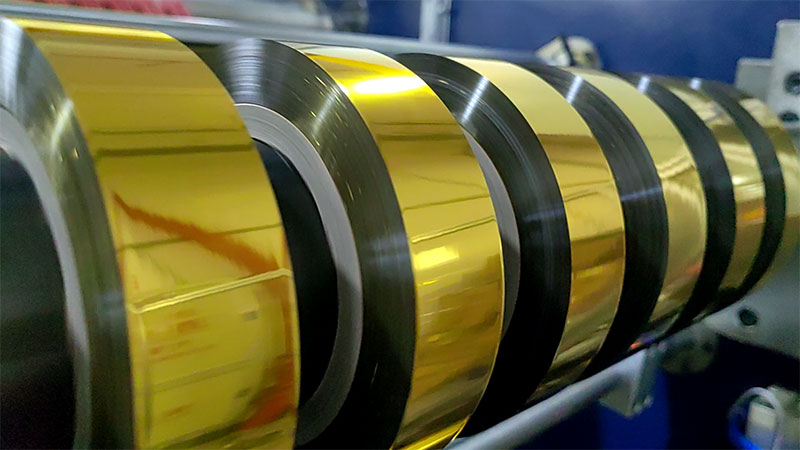
3. Efficient heat dissipation and wear-resistant treatment
• Thermal Management Design:
◦ Spindle oil cooling circulation system (temperature control± 1°C).
◦ 40% increase in heat sink surface area in key areas.
• Surface Strengthening:
◦ Laser quenching of guide rails (hardness HV1200).
◦ Aluminum alloy parts are hard anodized (film thickness 50 μm).
4. Modular maintenance design
• Quick Change Module:
◦ The tool set adopts a quick-release structure (no special tools are required, and the replacement can be completed within 5 minutes).
◦ Slitting module drawer design, support online maintenance.
• Centralized lubrication system: automatic oil filling interval can be set programmable to reduce manual intervention.
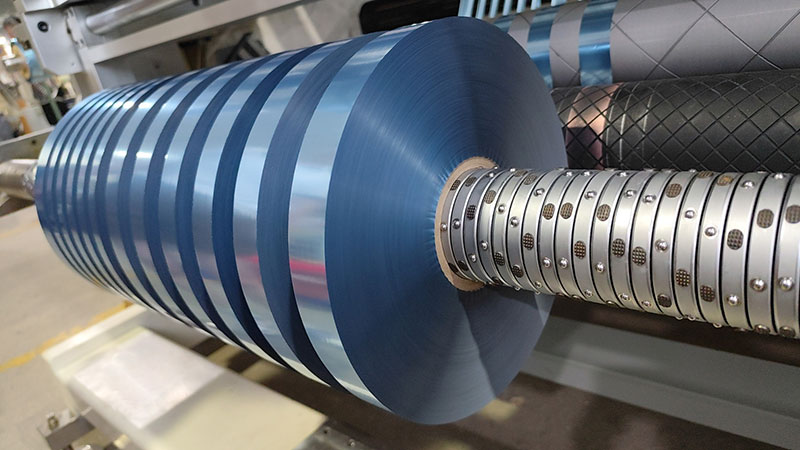
5. Measured performance indicators
• Continuous operation capacity: 72 hours full load test, slitting speed ≥ 120m/min, width tolerance ± 0.1mm.
• MTBF (Mean Time Between Failures): >4500 hours (ISO 21758 standard).
• Energy consumption optimization: more than 30% energy saving of variable frequency drive (compared with traditional hydraulic system).
Industry application cases
After a packaging material factory adopts the above scheme:
• Increased equipment utilization from 82% to 95%;
• Blade change frequency increased from 8 hours to 120 hours;
• 400 hours of downtime reduced per year.
Through the deep integration of materials science, mechanical dynamics and the Industrial Internet of Things, modern hot stamping foil slitting machines have been able to achieve 24×7 hours of uninterrupted production while maintaining μm-level accuracy. Future trends will focus on real-time simulation optimization of digital twin technology to further reduce downtime.



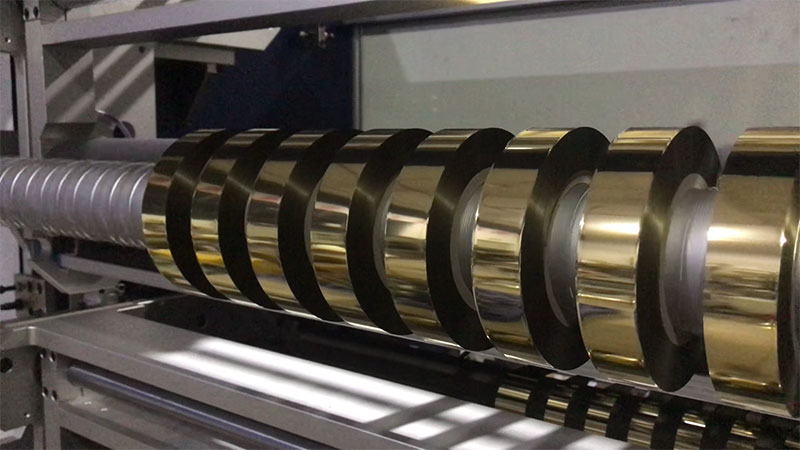
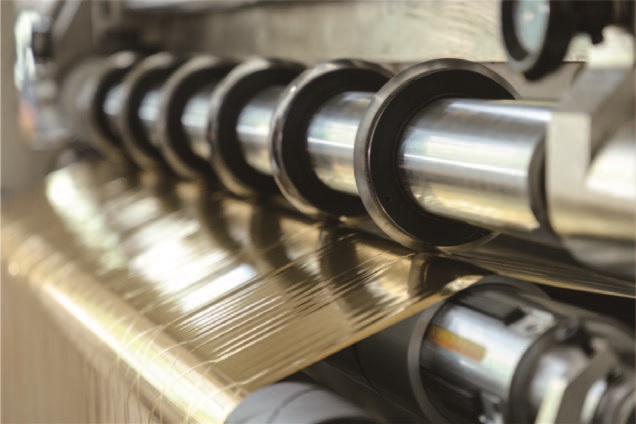
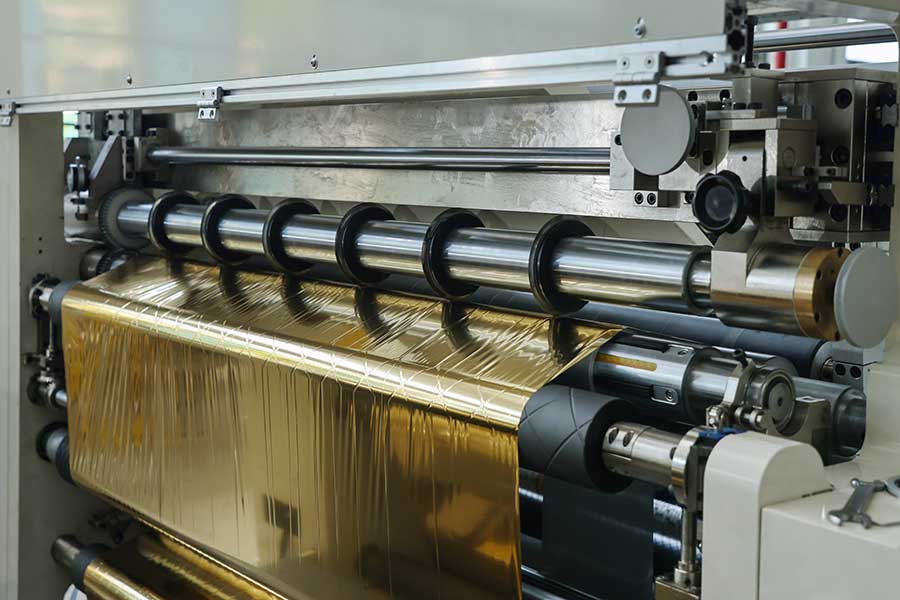
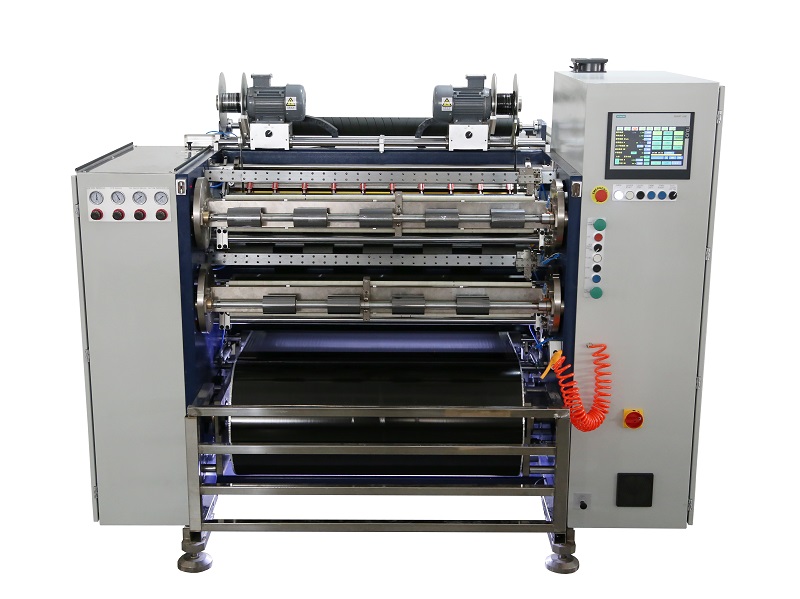 Fully Automatic TTR Slitter RSDS8 Plus
Fully Automatic TTR Slitter RSDS8 Plus Hot Stamping Foil Slitter 1600mm
Hot Stamping Foil Slitter 1600mm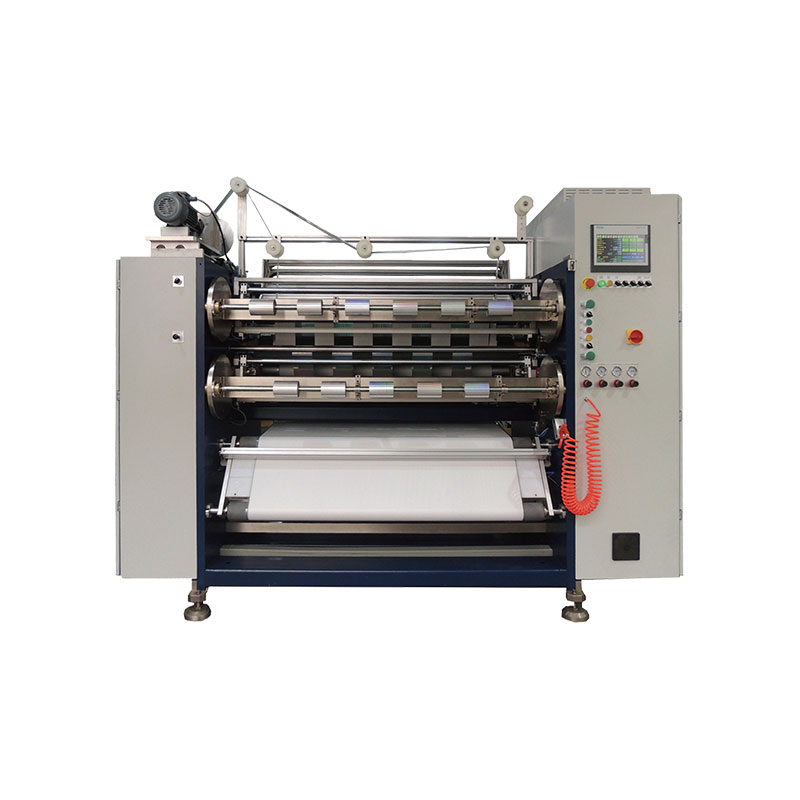 Hot Stamping Foil Slitter (4 Shafts)
Hot Stamping Foil Slitter (4 Shafts)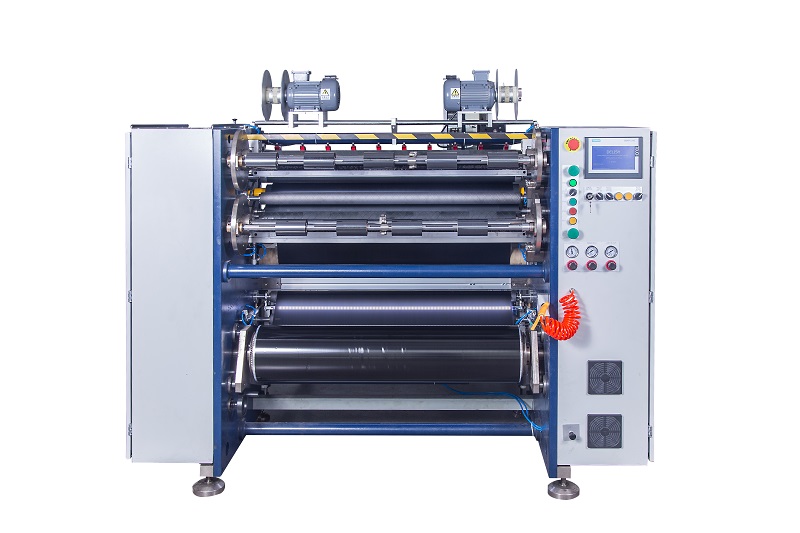 Semi-Auto TTR Slitter RSDS2 Plus
Semi-Auto TTR Slitter RSDS2 Plus Semi Automatic TTR Slitter RSDS5 Plus
Semi Automatic TTR Slitter RSDS5 Plus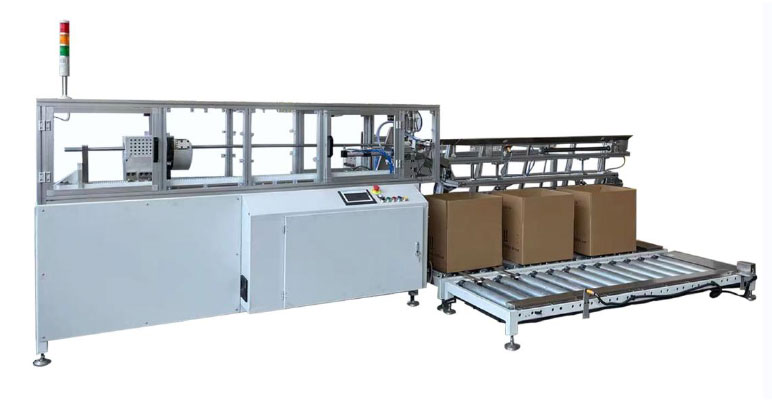 Auto Paper Core Cutter
Auto Paper Core Cutter Manual TTR Slitter RSDS2
Manual TTR Slitter RSDS2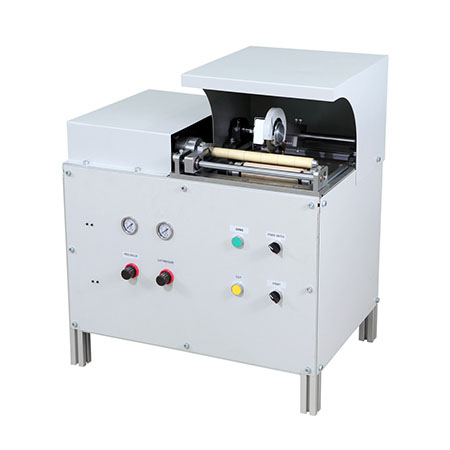 Manual Paper Core Cutter
Manual Paper Core Cutter





